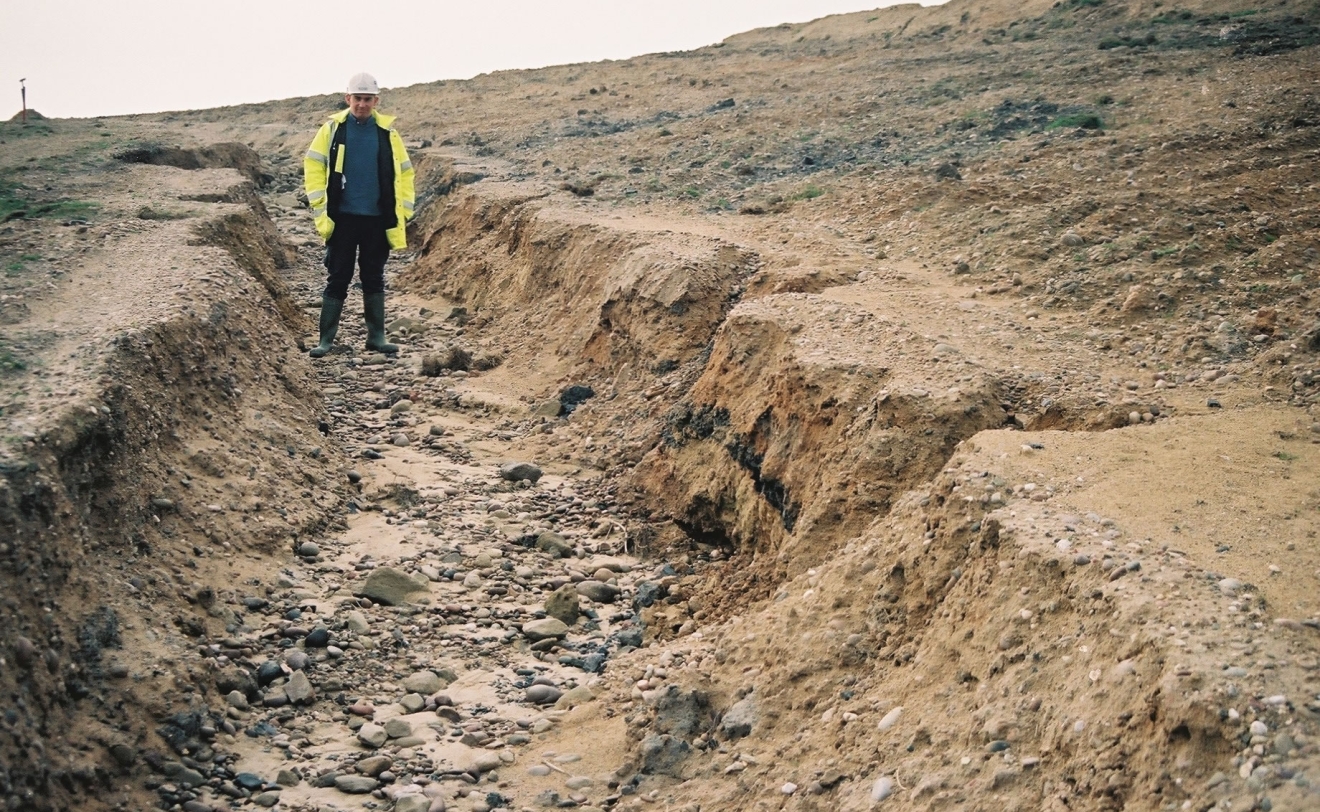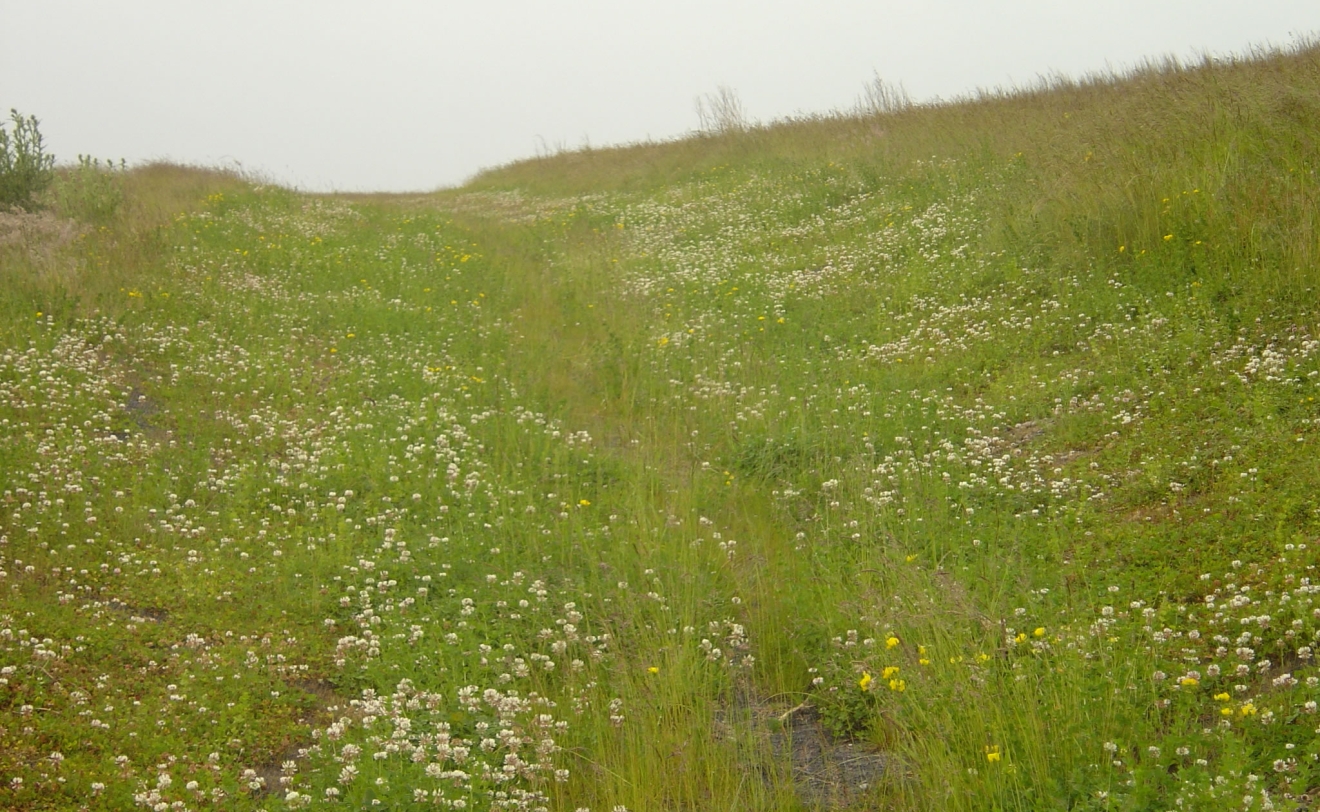Colliery shale and sandy soils have one thing in common; both are highly susceptible to erosion by flowing water. Both soil types were present on site.
Colliery shale and sandy soils have one thing in common; both are highly susceptible to erosion by flowing water. Both soil types were present on site. Initial options included rock riprap lining, but the client and consultants preferred a more natural vegetated option.
Analysis of the channels revealed that even if vegetation could be established the uncohesive sandy soils would not remain stable as the predicted flow velocities would be too extreme for a grass cover alone to withstand.
Salix were approached to provide an initial design analysis and review of methods, which would enable the establishment of a vegetative cover both in the short and long term. Using the “shear stress” approach the level of erosive force was first assessed using the North American Green ECMDS software (Erosion Control Materials Design Software). This information was then compared to known design values for unreinforced and reinforced vegetative linings on sandy soil types.
Critically, the erosion protection needed to be able to withstand potentially high flow velocities (3.5m/s) immediately after installation and prior to vegetation becoming established.
The only product that would meet both the short term erosion control of the bare, recently seeded soil whilst also giving three-dimensional reinforcement to the vegetation once established was our V-Max range of products. The ECMDS analysis showed that the C350 Composite Turf Reinforcement Mat (C-TRM) would provide the short term erosion control function and also reinforce the vegetation to withstand the storm flow events.
The eroded channels were re-profiled and shaped in March 2004 and seeded and protected with the C350 within a two week period. The seed and fertiliser were protected from washout by flows in the channel from day one. An added benefit was the rate at which vegetation began to establish due to the mulching effect of the coir fibre composite layer in the 3-D net of the C350.
The channels were tested early on after completion with numerous storm events occurring in the first few months. The high level of erosion control performance provided by the C350 prevented any erosion of fines or loss of seed. Vegetation is well on its way with 60 – 80% cover in the first year and the project is deemed a success by all those involved.






